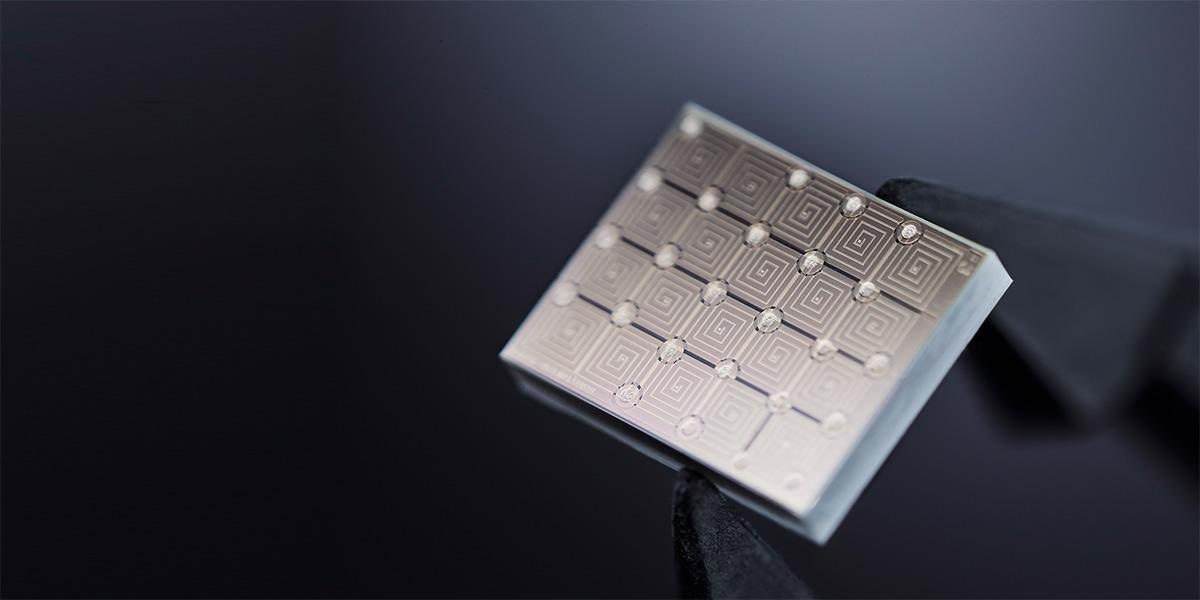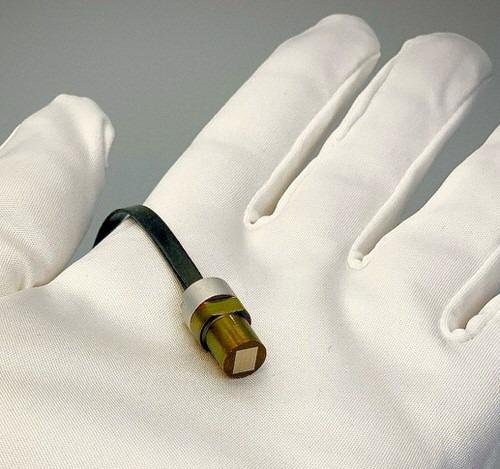From CSEMReviewed by Mychealla RiceMay 9 2022
CSEM worked with matriq AG to develop an innovative marking technology for plastics called DynamicMold. Together, they manufactured a MEMS micro-heating system that applies data matrix codes directly onto plastic components during molding.

Image Credit: CSEM
Plastics are key materials for the economy and can be found just about everywhere in our daily lives, from food packaging to healthcare products and luxury goods. They are lightweight and versatile, and as a result, their demand in the plastic injection market is booming. In turn, this is increasing pressure on plastic manufacturers to improve their quality control processes in order to ensure the end-to-end traceability and quality of their products to avoid recalls.
In the event of a recall, most plastic products have already been stamped with a unique identification code so manufacturers can quickly trace any defective parts. This marking happens post-production—once formed, the plastic material is either laser-engraved or stamped with a barcode. But both these procedures are complex and rely on additional bulky machinery. Now, thanks to a new technology developed by matriq AG, manufacturers can take advantage of a simple marking method that is directly integrated into their injection molding process.
A Digital Identity for Plastic Parts
Engineers at the Swiss company matriq, have capitalized on the industry 4.0 trend to develop DynamicMold: a new technology that allows manufacturers to mark, number, identify and brand-protect their products. The new technology is installed directly into injection-molding machines, simplifying the marking procedure, cutting time and production costs, and saving precious floor space.
DynamicMold inserts are directly mounted into the machinery’s mold cavities, where they then imprint a unique data matrix code, which can be read directly on the surface of plastic parts. The whole marking procedure takes just a few milliseconds and doesn’t delay or interfere with production runs. matriq’s technology is the first digital marking system in the world that operates continuously in-mold and on the production line.

DynamicMold insert with the integrated MEMs chip, connected via a cable to the unit heating and controlling the pixels. Courtesy of matriq. Image Credit: matriq AG
Microsystems Generating Dynamic ID Codes
The core component of the DynamicMold inserts is a MEMS chip with 2D matrices of heating pixels that can be individually activated. By switching the pixels on or off, the system can dynamically apply specific ID codes onto plastic while being molded. CSEM and matriq jointly develop this aspect of the technology to allow the industrial-scale application of this technology.
“We helped matriq improve the fabrication process of their MEMS chips,” says Jan Schildknecht, Senior R&D engineer at CSEM. “The DynamicMold technology itself was developed at the Institute for Microtechnology and Photonics at the OST campus in Buchs, Switzerland. We had to overcome various challenges due to the highly specialized nature of this application but were successful thanks to the in-depth knowledge and capacity for innovation of our engineers and those at matriq. We worked together to make the MEMS fabrication process more mature, reliable, and effective. And because our processes and equipment are ISO-9001 certified, matriq knew it had the backing of a credible, transparent partner. We were delighted to be able to help matriq design and manufacture MEMS chips for their DynamicMold inserts,” Schildknecht adds.
Dr. Marianna Fighera, Marketing Manager from matriq, says: “We knew already about CSEM’s skilled researchers, excellent work, and added-value deliverables. But even with that, they exceeded our expectations. Their state-of-the-art processes and equipment, professional approach, ability to answer our questions, input in solving technical problems, and openness in sharing their ideas and findings were a real benefit to our development work. CSEM continues to be a valuable partner as we are seeking to put the finishing touches on an efficient fabrication process for our MEMS components.”
Plastics identification, serialization and verification enabled by matriq
Video Credit: matriq AG